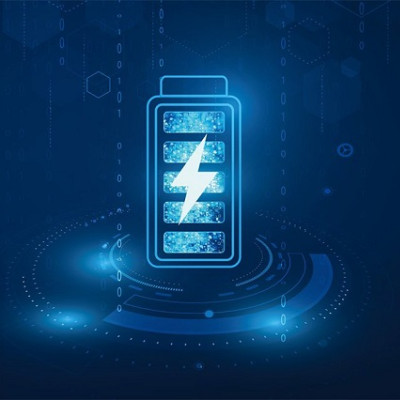In a new international collaborative study – led by Flinders University with collaborators in South Australia, the US and Germany – experts have identified a novel solar cell process to potentially use in future technologies for photocatalytic water splitting in green hydrogen production.
Combined with a catalyst – developed by US research led by Professor Paul Maggard – for water splitting, the study found the new class of kinetically stable ‘core and shell Sn(II)-perovskite’ oxide solar material could be a potential catalyst for the critical oxygen evolution reaction in producing pollution-free hydrogen energy in future.
The results, published in the peer-reviewed The Journal of Physical Chemistry C, pave the way for further inroads into carbon-free ‘green’ hydrogen technologies using non-greenhouse-gas-emitting forms of power with high-performing, affordable electrolysis.
“This latest study is an important step forwards in understanding how these tin compounds can be stabilised and effective in water,” says lead author Professor Gunther Andersson, from the Flinders Institute for Nanoscale Science and Technology at the College of Science and Engineering.
“Our reported material points to a novel chemical strategy for absorbing the broad energy range of sunlight and using it to drive fuel-producing reactions at its surfaces,” adds Professor Paul Maggard, from the Department of Chemistry and Biochemistry at Baylor University.
Already these tin and oxygen compounds are used in a variety of applications, including catalysis, diagnostic imaging and therapeutic drugs. However, Sn(II) compounds are reactive with water and dioxygen, which can limit their technological applications.
Solar photovoltaic research around the world is focusing on developing cost-effective, high performance perovskite generation systems as an alternative to conventional existing silicon and other panels.
Low-emission hydrogen can be produced from water through electrolysis (when an electric current splits water into hydrogen and oxygen) or thermochemical water splitting, a process which also can be powered by concentrated solar power or waste heat from nuclear power reactors.
Hydrogen can be produced from diverse resources including fossil fuels such as natural gas and biological biomass, but the environmental impact and energy efficiency of hydrogen depends on how it is produced.
Solar-driven processes use light as an agent for hydrogen production and is a potential alternative for generating industrial-scale hydrogen.
The new study was built on earlier work led by Professor Paul Maggard, now based at the Baylor University Department of Chemistry and Biochemistry in Texas, and previously North Carolina State University.
Read the original article on Flinders University.







